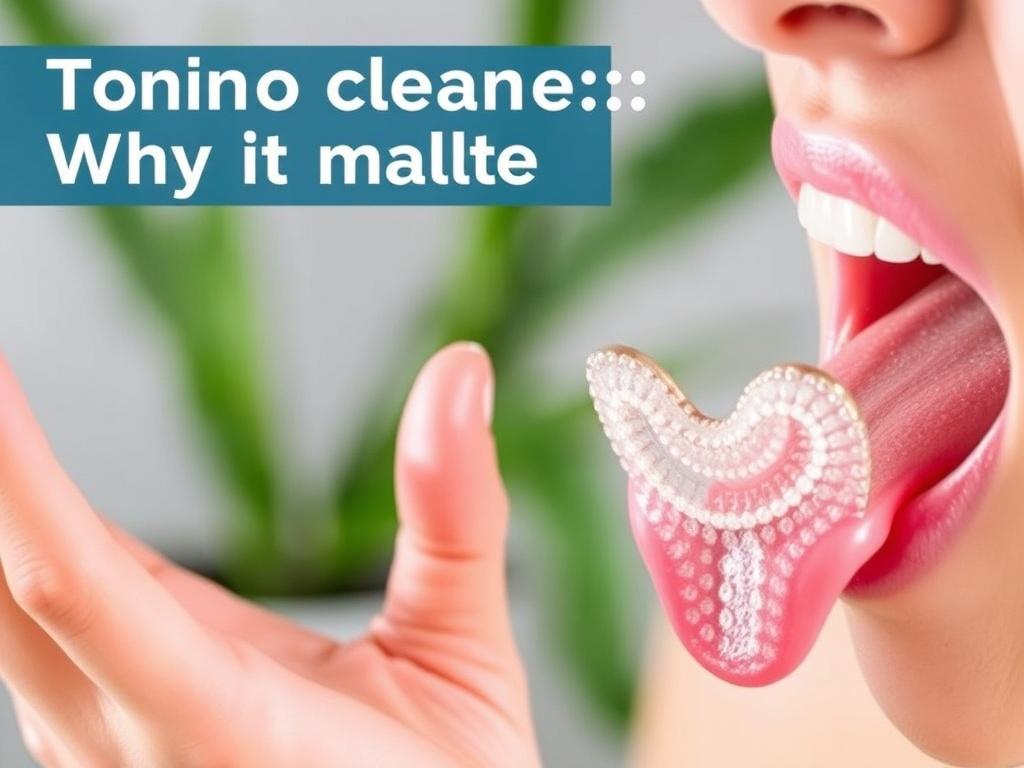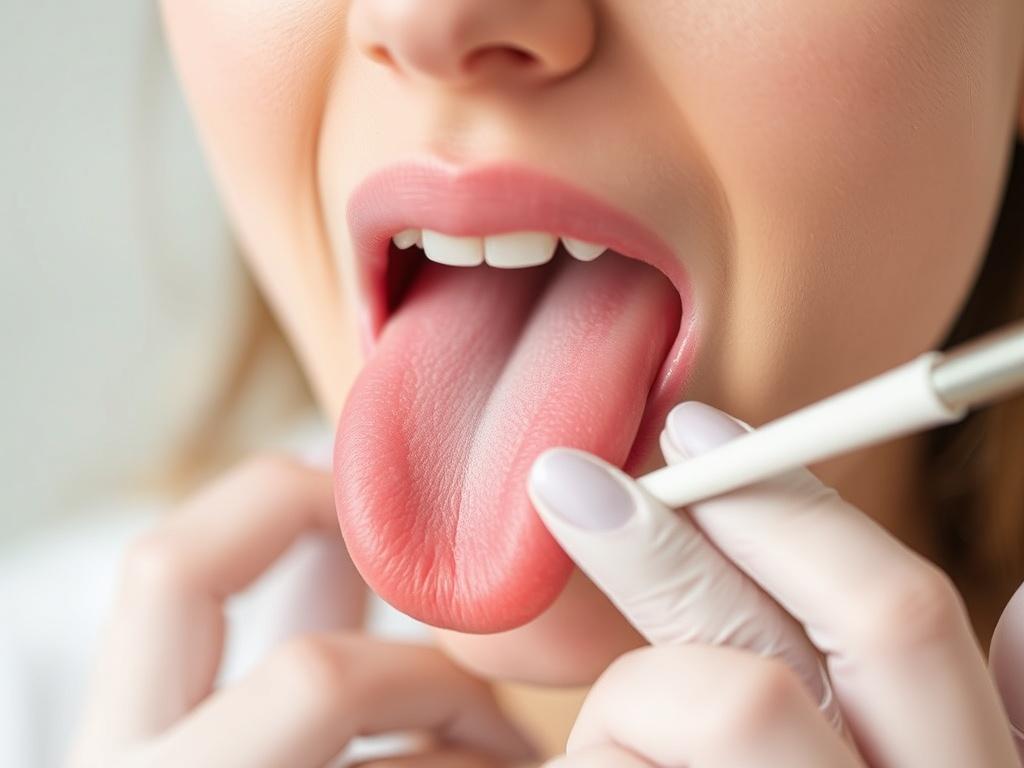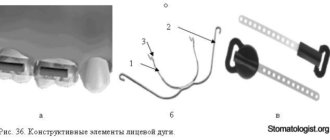When it comes to oral hygiene, most people focus on brushing their teeth and flossing, yet they often overlook one critical part of the mouth: the tongue. Tongue cleaning is a simple yet powerful practice that can transform your oral health. It’s not just about freshening your breath; it impacts how you taste your food, prevents bacteria buildup, and even supports your overall wellbeing. In this article, we’ll explore why tongue cleaning matters, how to do it effectively, and the benefits it brings that you might not have considered before.
Содержание
- 1 Understanding the Role of the Tongue in Oral Health
- 2 How to Clean Your Tongue Effectively
- 3 The Benefits of Tongue Cleaning
- 4 Common Misconceptions About Tongue Cleaning
- 5 What Does a Healthy Tongue Look Like?
- 6 Integrating Tongue Cleaning Into Your Daily Routine
- 7 Choosing the Right Tongue Cleaner for You
- 8 Tongue Cleaning and Overall Wellness
- 9 When to See a Dentist About Your Tongue
- 10 Tongue Cleaning Quick Facts
- 11 Final Thoughts on Tongue Cleaning: Why It Matters
Understanding the Role of the Tongue in Oral Health
The tongue is more than a muscular organ that helps you speak and taste. It is home to millions of bacteria, some good and some harmful. This bacterial colony forms a layer of debris, food particles, and dead cells known as the tongue coating, which can lead to bad breath, dental problems, and other issues if left untreated. Tongue cleaning targets this buildup and helps maintain an environment where healthy bacteria can thrive.
Many people underestimate how much the tongue contributes to bad breath, often blaming their teeth or gums alone. The truth is, studies show that more than 80% of the causes of bad breath originate from the tongue’s surface. The rough texture of the tongue, with its countless tiny papillae, creates a perfect place for bacteria to hide. Without regular cleaning, these bacteria multiply, produce sulfur compounds, and release unpleasant odors.
How to Clean Your Tongue Effectively
0
Cleaning your tongue is a straightforward process, but doing it properly is key to getting the full benefits. Here are some common methods and tips:
Tongue Scraper
A tongue scraper is a tool specifically designed for this task. It typically resembles a small, flexible plastic or metal bar that you use to gently scrape the surface of your tongue. Starting from the back near the throat (be careful not to trigger gagging) and moving forward, you remove debris and bacteria with each pass. Repeat until the scraper comes up clean, usually three to five times.
Toothbrush
If you don’t have a tongue scraper, your toothbrush can double as a tongue cleaner. Many toothbrushes now come with a ridged surface on the back of the head meant to clean the tongue. Gently brush the tongue surface, making sure not to be too harsh.
Tongue Cleaning Tips
- Clean your tongue at least once a day—preferably in the morning before eating or drinking.
- Rinse your mouth with water or mouthwash after cleaning.
- Be gentle to avoid irritating the tongue’s delicate tissues.
- Replace your tongue scraper or toothbrush regularly to maintain hygiene.
The Benefits of Tongue Cleaning
Regular tongue cleaning offers multiple benefits beyond just fresh breath. Here are some important advantages:
| Benefit | Explanation |
|---|---|
| Fresher Breath | Removes odor-causing bacteria and food debris that cause bad breath. |
| Improved Taste | Clearing the tongue coating enhances taste buds’ function, making food taste better. |
| Preventing Tooth Decay | Reduces bacteria in the mouth that contribute to plaque buildup and cavities. |
| Better Oral Hygiene | Complements brushing and flossing by targeting hard-to-reach bacteria on the tongue. |
| Overall Health Support | Helps lower the risk of systemic problems linked to oral bacteria, such as heart disease and respiratory infections. |
Common Misconceptions About Tongue Cleaning
Even though tongue cleaning is increasingly popular, some myths still hold people back. Let’s debunk a few:
Myth 1: Only People with Bad Breath Need to Clean Their Tongue
Regardless of how your breath smells, bacteria and buildup accumulate on your tongue every day. Tongue cleaning is a preventive habit that everyone should adopt to maintain a healthier mouth.
Myth 2: Tongue Cleaning Is Uncomfortable or Dangerous
While your gag reflex may be triggered initially, most people get used to tongue cleaning quickly. Using the correct techniques and tools minimizes discomfort. It’s a safe practice when done gently.
Myth 3: Brushing Your Teeth Is Enough to Clean the Tongue
Brushing your tongue with your toothbrush is helpful but might not effectively remove the thick coating on the tongue’s surface. A dedicated scraper or tongue cleaner is a better option for thorough removal.
What Does a Healthy Tongue Look Like?
Not everyone knows what to expect when they look at their own tongue. A healthy tongue generally appears pink with a light white coating that comes off easily. It should not be sore, overly red, or have unusual patches. Here’s a quick guide:
- Normal tongue: Pinkish with thin white or clear coating
- Coated tongue: Can be white, yellow, or greenish, often indicating bacteria or fungal overgrowth
- Red and inflamed tongue: Could suggest irritation, infection, or nutritional deficiencies
- Black hairy tongue: A harmless condition where the papillae on the tongue’s surface become elongated and stained by bacteria or debris
If you notice persistent changes or discomfort, it’s best to consult a dental professional.
Integrating Tongue Cleaning Into Your Daily Routine

Since tongue cleaning is a quick, easy step, it’s worth adding it to your existing oral hygiene routine. Here’s a sample daily schedule to keep things simple:
- Brush your teeth with fluoride toothpaste two times a day (morning and night).
- Use dental floss or interdental brushes once daily to clean between your teeth.
- Clean your tongue after brushing in the morning and/or evening.
- Rinse with an antibacterial mouthwash if desired.
- Drink plenty of water throughout the day to keep your mouth hydrated.
Consistency is key. Even spending 30 seconds on tongue cleaning each day can improve your oral health dramatically.
Choosing the Right Tongue Cleaner for You
There are many types of tongue cleaners available, and selecting one depends on your preferences and needs:
- Plastic scrapers: Affordable, flexible, and easy to use; ideal for beginners.
- Metal scrapers: Often stainless steel; durable and may feel more effective but some find the sensation intense at first.
- Electric tongue cleaners: Attach to electric toothbrushes and offer vibration to aid in cleaning; useful for people with limited manual dexterity.
Look for tongue cleaners that have smooth edges to prevent injury and consider tools that are easy to clean themselves to avoid bacteria buildup.
Tongue Cleaning and Overall Wellness
It may surprise some readers that neglecting tongue hygiene can have effects beyond your mouth. Research increasingly shows that oral bacteria can travel into the bloodstream, contributing to systemic inflammation and health conditions such as cardiovascular disease, diabetes complications, and lung infections. By controlling bacterial growth on your tongue, you reduce the overall bacterial load in your mouth and support your immune system.
Additionally, better oral hygiene supports confidence and social interactions. Bad breath can cause embarrassment and self-consciousness, affecting your quality of life. Starting your day with a fresh, clean mouth can boost self-esteem and improve your interactions with others.
When to See a Dentist About Your Tongue

While tongue cleaning is a helpful everyday practice, there are times when professional advice is necessary. If you experience persistent bad breath, unusual tongue discoloration, pain, or sores, it is important to visit your dentist. They can check for underlying conditions such as infections, oral thrush, or other health issues that need treatment.
Regular dental check-ups also provide an opportunity to discuss your tongue cleaning habits and get personalized advice based on your oral health status.
Tongue Cleaning Quick Facts
| Fact | Description |
|---|---|
| Percentage of bad breath cases caused by tongue bacteria | Over 80% |
| Recommended frequency for tongue cleaning | Once daily |
| Common types of tongue cleaners | Plastic scraper, metal scraper, electric tongue cleaner |
| Tongue cleaning time | 30 seconds to 1 minute |
| Tongue cleanliness indicator | Tongue scraper should come off clean |
Final Thoughts on Tongue Cleaning: Why It Matters
Tongue cleaning is an often overlooked but vital component of oral health, influencing everything from breath freshness to disease prevention. By incorporating this simple daily habit, you not only eliminate bacteria and debris that cause odor but also improve your sense of taste and support your overall health. Whether you prefer a plastic tongue scraper, a toothbrush, or an electric device, the key is consistency and gentle technique. Don’t let your tongue be the missing piece in your oral hygiene routine—it holds the power to change how your mouth feels and functions every day.
Conclusion
Incorporating tongue cleaning into your daily oral hygiene routine is a small effort that yields significant benefits. It fights bad breath, enhances taste, prevents dental issues, and plays a part in overall health maintenance. Despite common misconceptions, tongue cleaning is safe, easy, and necessary for everyone. Selecting the right tool and practicing regularly will ensure your tongue stays clean and healthy. Remember, your mouth is your gateway to the body—taking care of every part, including your tongue, helps you maintain confidence and wellbeing. Start today, and experience the fresh, clean difference that tongue cleaning can make.

